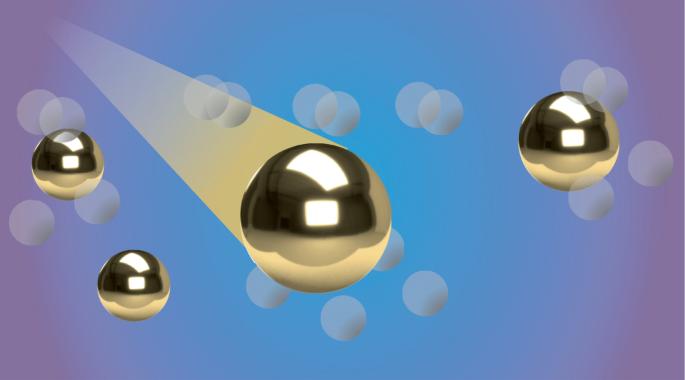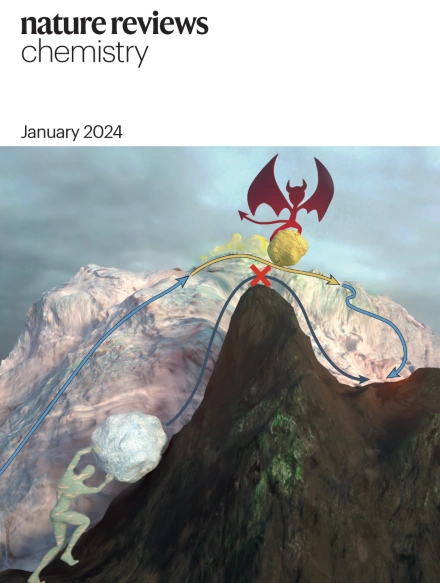Strategies to improve hydrogen activation on gold catalysts
IF 38.1
1区 化学
Q1 CHEMISTRY, MULTIDISCIPLINARY
引用次数: 0
Abstract
Catalytic reactions involving molecular hydrogen are at the heart of many transformations in the chemical industry. Classically, hydrogenations are carried out on Pd, Pt, Ru or Ni catalysts. However, the use of supported Au catalysts has garnered attention in recent years owing to their exceptional selectivity in hydrogenation reactions. This is despite the limited understanding of the physicochemical aspects of hydrogen activation and reaction on Au surfaces. A rational design of new improved catalysts relies on making better use of the hydrogenating properties of Au. This Review analyses the strategies utilized to improve hydrogen–Au interactions, from addressing the importance of the Au particle size to exploring alternative mechanisms for H2 dissociation on Au cations and Au–ligand interfaces. These insights hold the potential to drive future applications of Au catalysis. Gold catalysts have attracted attention for their ability to activate hydrogen towards the hydrogenation of organic molecules. This Review explores strategies to enhance hydrogen–gold interactions to help design new efficient hydrogenation catalysts.


改善金催化剂氢活化的策略。
涉及分子氢的催化反应是化学工业中许多转化过程的核心。通常,氢化反应是在 Pd、Pt、Ru 或 Ni 催化剂上进行的。然而,近年来,由于支撑金催化剂在氢化反应中具有优异的选择性,其使用已引起人们的关注。尽管人们对金表面氢气活化和反应的物理化学方面了解有限,但这种催化剂的使用近年来仍备受关注。合理设计新的改良催化剂有赖于更好地利用金的氢化特性。本综述分析了用于改善氢-金相互作用的策略,从解决金颗粒尺寸的重要性到探索氢在金阳离子和金配体界面上解离的替代机制。这些见解有望推动金催化的未来应用。
本文章由计算机程序翻译,如有差异,请以英文原文为准。
求助全文
约1分钟内获得全文
求助全文
来源期刊

Nature reviews. Chemistry
Chemical Engineering-General Chemical Engineering
CiteScore
52.80
自引率
0.80%
发文量
88
期刊介绍:
Nature Reviews Chemistry is an online-only journal that publishes Reviews, Perspectives, and Comments on various disciplines within chemistry. The Reviews aim to offer balanced and objective analyses of selected topics, providing clear descriptions of relevant scientific literature. The content is designed to be accessible to recent graduates in any chemistry-related discipline while also offering insights for principal investigators and industry-based research scientists. Additionally, Reviews should provide the authors' perspectives on future directions and opinions regarding the major challenges faced by researchers in the field.
 求助内容:
求助内容: 应助结果提醒方式:
应助结果提醒方式:


